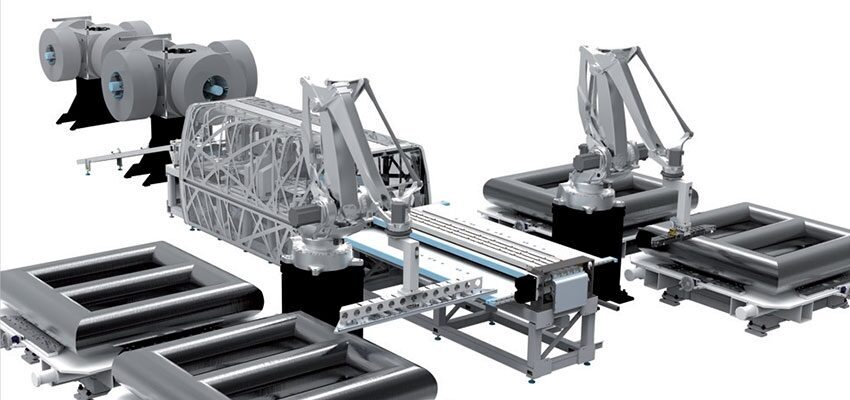
Innovative core and winding technology
Innovative solutions for distribution transformer cores and windings Abstract Focusing on the real needs of the transformer core manufacturing process, the first step is...
byAles BERTUZZI

Innovative solutions for distribution transformer cores and windings
Abstract
Focusing on the real needs of the transformer core manufacturing process, the first step is to improve existing solutions and find new, innovative solutions at a whole process level, with the aim to produce highly efficient transformer cores in a both productive and competitive way. The first innovative improvement concerns the automation of the stacking process, so far operated only manually, which can now be included in line with the core cutting process, thus responding to one of the major manufacturing issues: the productivity. The second innovation refers to the automation of the lamination replacement into the cutting machine, thus drastically reducing the average time for this operation from current approximately 10 mins to only 15 seconds, with significant improvement of the productivity, especially with different lamination widths. The third major innovation concerns the core-filling factor of the distribution transformer. The current compromise between optimized shape and a minimum number of different widths of lamination, results in a core-filling factor ranging from 94 % to 96 %, using in general 7 to 11 different widths. Our revolutionary solution implies the use of octagonal shaped cores to reach a 99 % filling factor, with a significant saving on materials, and a correspondent improvement of no load losses (core losses), due to the extra 4-6 % of increased material. This process patented (patent no. 102017000022419 [1]) under the name of TWINCORE exploits the optimized results from the unification of core cutting and stacking implemented by an inline slitting head, covering the entire production process with only 2 different sizes of mother rolls and using a single automated machine, thus avoiding intermediate storages and reducing lamination scrap. Finally, the article will explore the optimization of the windings, resulting in a complete optimisation of the transformer’s most crucial components.
Keywords: core, filling factor, losses, process, windings
1 Introduction
The current production of transformer stacked cores involves three different processes: core slitting (i.e. longitudinal cutting of the lamination to obtain different widths from a single mother coil), core cutting (cut-to-length of single lamination according to required shapes and length as per core design) and core stacking, starting from a mother coil of grain-oriented silicon steel. This implies different machines and tools, consequent material moving from one process to the other, the need for storage systems, the employment of skilled operators and significant factory space. Moreover, this current production process leads to considerable material scrap. All of the operations listed above are not always very well optimized, resulting in higher cost and lost time.







